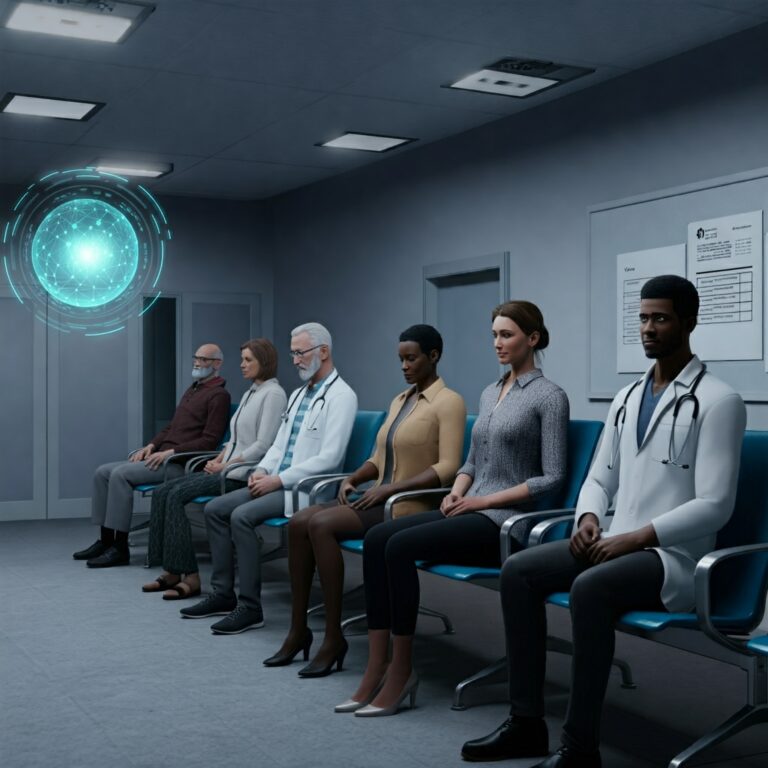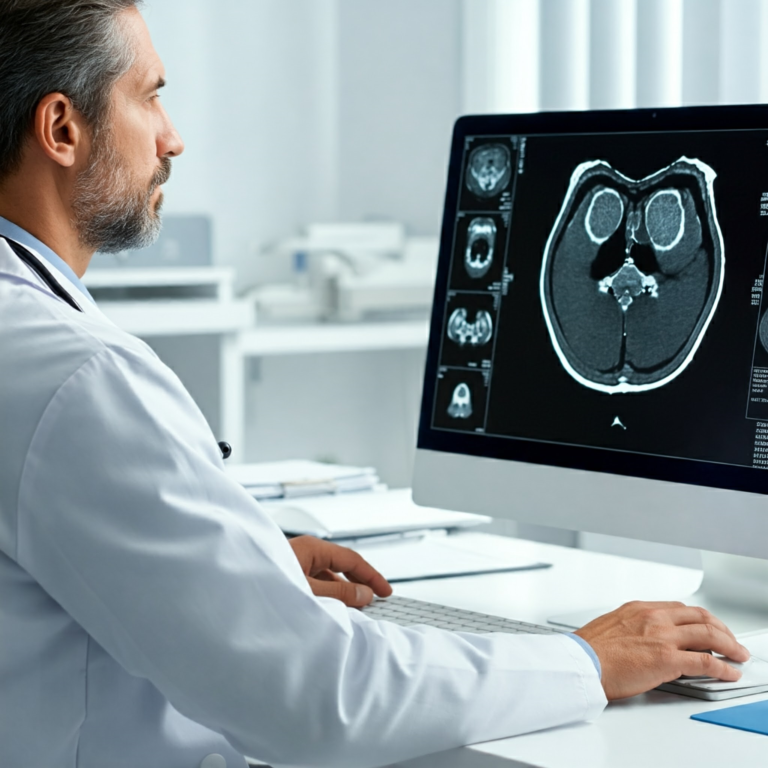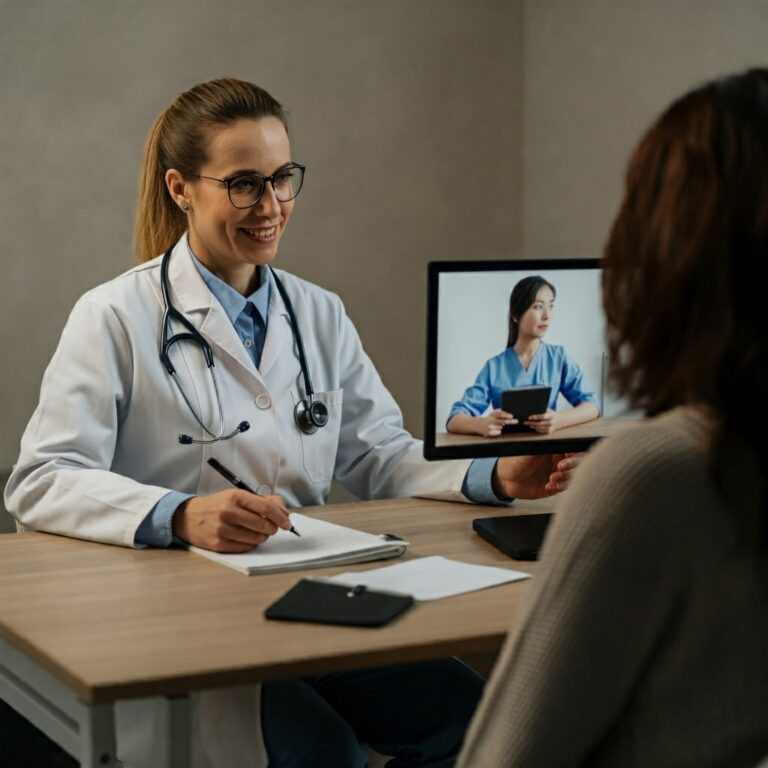Telemedicine 2.0: RPM’s Impact on the Future of Chronic Care
(Date: October 26, 2000)
The healthcare landscape is undergoing a dramatic transformation, fueled by the rapid advancement of technology and the burgeoning need for more efficient and accessible care. At the forefront of this revolution is telemedicine, a field that promises to reshape how we deliver and receive medical services. While telemedicine in its initial form primarily focused on real-time video conferencing between patients and physicians, a new era is dawning – Telemedicine 2.0. This new phase is characterized by the rise of Remote Patient Monitoring (RPM), a powerful tool poised to revolutionize chronic care management and usher in a new paradigm of proactive and personalized medicine.
Telemedicine: Reshaping the Healthcare Industry
The late 20th and early 21st century have witnessed a confluence of factors driving the adoption of telemedicine. Rising healthcare costs, an aging population with increasing chronic disease prevalence, and a growing shortage of healthcare professionals have created a perfect storm, demanding innovative solutions. Telemedicine offers a compelling response to these challenges. Its ability to transcend geographical barriers, improve access to specialists, and enhance patient convenience has made it an attractive alternative to traditional in-person visits. Early applications of telemedicine, such as teleradiology and telepsychiatry, demonstrated its potential, paving the way for wider adoption.
Initially, the primary focus of telemedicine was on facilitating real-time consultations, effectively replicating the traditional doctor’s office visit in a virtual setting. However, this approach, while valuable, only scratched the surface of telemedicine’s true potential. The emergence of RPM is changing the game, shifting the focus from episodic care to continuous monitoring and proactive intervention.
RPM: The Engine of Telemedicine 2.0
Remote Patient Monitoring involves the use of technology to collect and transmit patient health data from their homes or other remote locations to healthcare providers. This data can encompass a wide range of physiological metrics, including blood pressure, heart rate, glucose levels, weight, and activity levels. RPM utilizes various devices, from wearable sensors and home-based monitoring equipment to implanted devices, to gather this information.
The implications of RPM for chronic care management are profound. By providing continuous access to patient data, RPM empowers healthcare providers to:
- Proactively identify and manage potential health issues: Early detection of changes in vital signs or other key indicators allows for timely intervention, preventing exacerbations and hospitalizations.
- Personalize treatment plans: Data collected through RPM enables the development of individualized care plans tailored to each patient’s specific needs and responses to treatment.
- Improve patient engagement and adherence: RPM fosters a sense of ownership and responsibility for patients, encouraging them to actively participate in their care and adhere to prescribed regimens.
- Reduce healthcare costs: By preventing hospital readmissions and emergency room visits, RPM can significantly lower healthcare expenditures.
- Enhance patient convenience and quality of life: RPM eliminates the need for frequent travel to healthcare facilities, improving patient convenience and reducing the burden on caregivers.
Key Trends Shaping the RPM Landscape:
- Integration of Artificial Intelligence (AI) and Machine Learning: AI algorithms can analyze vast amounts of patient data collected through RPM, identifying patterns and predicting potential health risks.
- Expansion of connected devices and wearables: The proliferation of sophisticated wearable sensors and smart home devices provides a wealth of data for RPM applications.
- Growing adoption of cloud-based platforms: Cloud technology facilitates secure storage, access, and analysis of patient data, enabling seamless collaboration among healthcare providers.
- Increasing emphasis on data security and privacy: As RPM involves the collection and transmission of sensitive patient information, robust security measures are crucial to ensure patient privacy and comply with regulations.
Key Statistics Highlighting the Growth of RPM:
- (Note: Statistics specific to the year 2000 are difficult to find as the field was nascent. This section would have included projections and early adoption rates available at the time, emphasizing the anticipated growth potential.) Example: “Early studies suggest that RPM can reduce hospital readmission rates by X% and decrease healthcare costs by Y%.”
Recent Market News (circa 2000):
- (Note: This section would have included news related to early RPM deployments, partnerships between technology companies and healthcare providers, and regulatory developments related to telehealth and remote monitoring.) Example: “Company X announces a strategic partnership with Hospital Y to pilot a remote monitoring program for heart failure patients.”
Summary: Telemedicine 2.0: RPM’s Impact on the Future of Chronic Care
RPM is ushering in a new era of proactive, personalized, and patient-centric chronic care management. This technology empowers healthcare providers with real-time access to patient data, enabling early intervention, personalized treatment plans, and improved patient outcomes. While challenges remain, including addressing data security and privacy concerns and ensuring equitable access to technology, the potential of RPM to transform the healthcare landscape is undeniable. As technology continues to advance and adoption rates increase, RPM is poised to become an integral component of healthcare delivery, driving the evolution of Telemedicine 2.0 and shaping the future of chronic care. The implications for patients, providers, and the healthcare system as a whole are profound, promising a future where healthcare is more accessible, efficient, and effective.
















